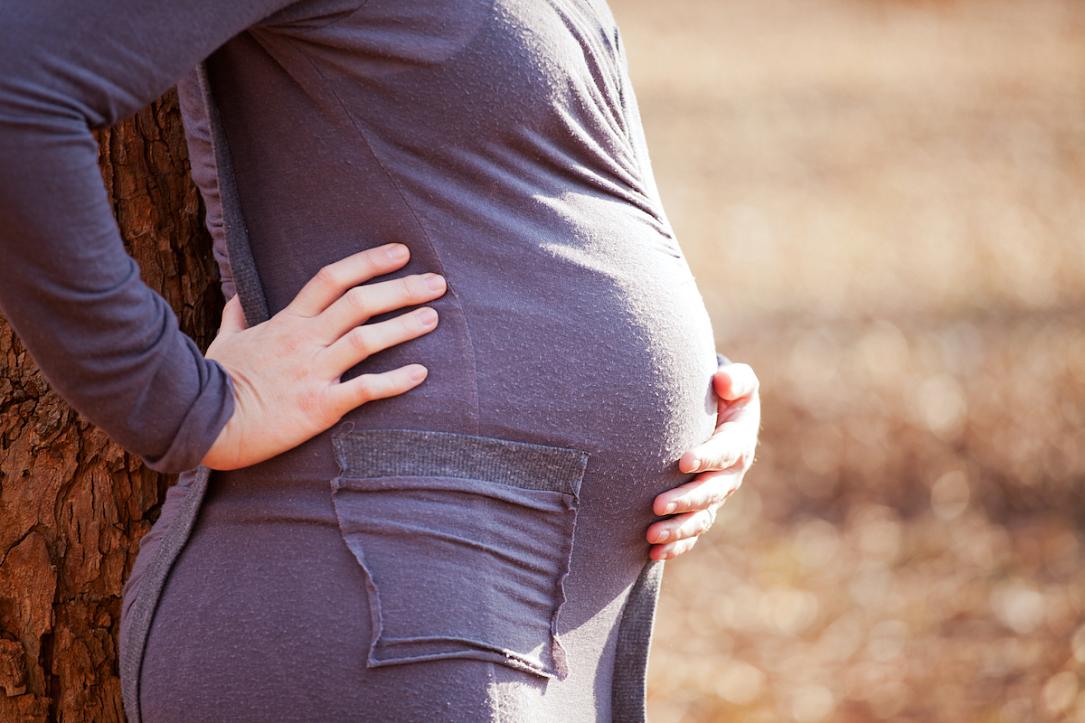UNICEF: Romania, second in the EU for birth rate among teenage mothers



Romania ranks second in the European Union (EU), after Bulgaria, for the birth rate among teenage mothers, according to a study conducted by UNICEF together with SAMAS Association in Romania. The authors of the report say that the phenomenon is cyclical in Romania, repeating within the same families from one generation to another.
Teenage pregnancy has many negative consequences on expectant mothers, as well as social and economic costs, UNICEF also said.
According to the study, in 2019, 16,639 pregnancies were registered among adolescents in Romania, down 9% compared to 2018, Digi24 reported. In the case of adolescents under 15, the number of pregnancies decreased in all regions, except the North-West and North-East regions, where the increase was 11%.
Also in 2019, the number of abortions for girls between 15 and 19 years old was 4,290.
For adolescents between 15 and 19 years old, in 2019, the most pregnancies were in the counties of Mures (827 pregnancies), Brasov (761), Dolj (700), Iasi (691), Bacau (654), Constanta (616), Bihor (593), Suceava (512), Dambovita (503), and Prahova (483).
Most pregnancies were reported among adolescents with the lowest level of education (31.7%), the figure being more than three times higher than in the case of those who have completed compulsory education or high school.
"The report's conclusions clearly show the need for complex measures on many levels and involving several state institutions that should coordinate effectively. The education system, the healthcare, and the local authorities must act, paying more attention to young people from vulnerable categories, especially in the context of the COVID-19 pandemic, which increased the vulnerabilities of families at risk," said Pieter Bult, UNICEF representative in Romania.
According to the report, pregnancies for mothers over 15 could be prevented through education and family planning programs tailored to the socio-cultural realities of these adolescents.
"The level of education is directly proportional to the age of the first couple experience and the appearance of the first pregnancy in a teenager's life. A significant percentage of underage mothers (31.7%, from our data) do not complete the primary education cycle. One in six teenagers who had a child before the age of 15 will have a second child before 18. These figures illustrate the scale of the problem and the need for educational activities to address all groups of adolescents, on specific communication channels and with different forms of message presentation, tailored to their needs," said Marina Oțelea from SAMAS Association.
The report stresses the need for a complex, multidimensional approach within integrated public policies addressing sex education, community awareness on specific needs in the field, and services tailored to the psychological and emotional profile of adolescents.
Recommendations include initiating legal and administrative reforms to remove barriers that restrict minors' access to information and services on reproductive health and sexuality, by reviewing and adapting the legal framework on reproductive health policies. It is also recommended to introduce reproductive health and sexual education in the school curriculum as a compulsory subject, in accordance with international standards, and to focus the curricula on values and the creation of responsible behavioral habits.
The full report is available here.
irina.marica@romania-insider.com
(Photo source: Andre Van Der Veen/Dreamstime.com)